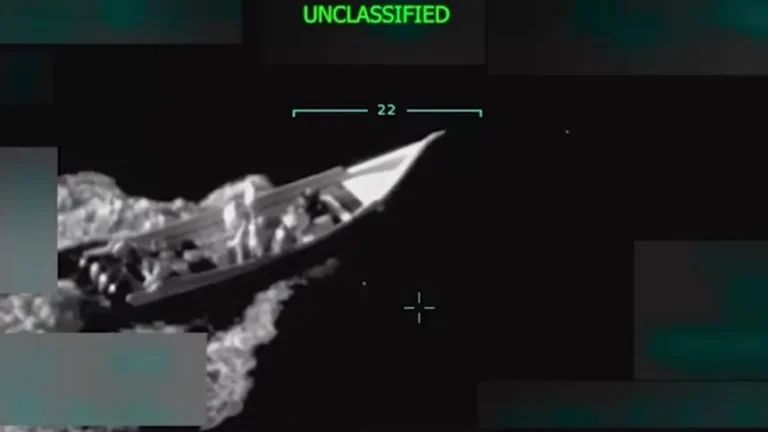
Measles was detected in Coeur d’Alene wastewater
COEUR D’ALENE, Idaho — Measles has been detected in wastewater in North Idaho, according to the Idaho Department of Health and Welfare, marking a warning sign as the U.S. grapples with its largest measles outbreak in more than 30 years.
Dr. Christine Hahn, the state epidemiologist, said the virus was found in samples collected from the Coeur d’Alene Water Resource Recovery Facility on July 29 and again on July 31. The wastewater testing is part of WastewaterSCAN, a national monitoring program led by Stanford University.
“It’s a signal that there is or was someone in the Coeur d’Alene area infected with measles,” Hahn said. “It could be someone with no symptoms, someone with mild symptoms who didn’t seek care, or even a traveler who passed through the area.”
What Wastewater Detection Means
Hahn emphasized that wastewater results alone do not confirm a reportable measles case. The virus detected was a wild type, meaning it came from a natural infection, not vaccine shedding.
- Positive samples: 2 of 5 samples collected over a 10-day period
- Current classification: Low-level detection
- Other communities testing for measles: Only Boise, which has not detected the virus
- Nationwide Measles Surge
The Centers for Disease Control and Prevention (CDC) reported Tuesday that the U.S. is experiencing its highest number of cases since measles was declared eliminated in 2000. Many cases are linked to an outbreak caused by immigrant communities, which has spread to several states, including New Mexico, Oklahoma, and Kansas.
Wastewater testing has become a vital early-warning tool for infectious diseases, often detecting pathogens before cases appear in clinical data.
“Measles is very contagious,” Hahn said. “Wastewater detection is our canary in the coal mine, reminding us that the virus is still circulating.”




